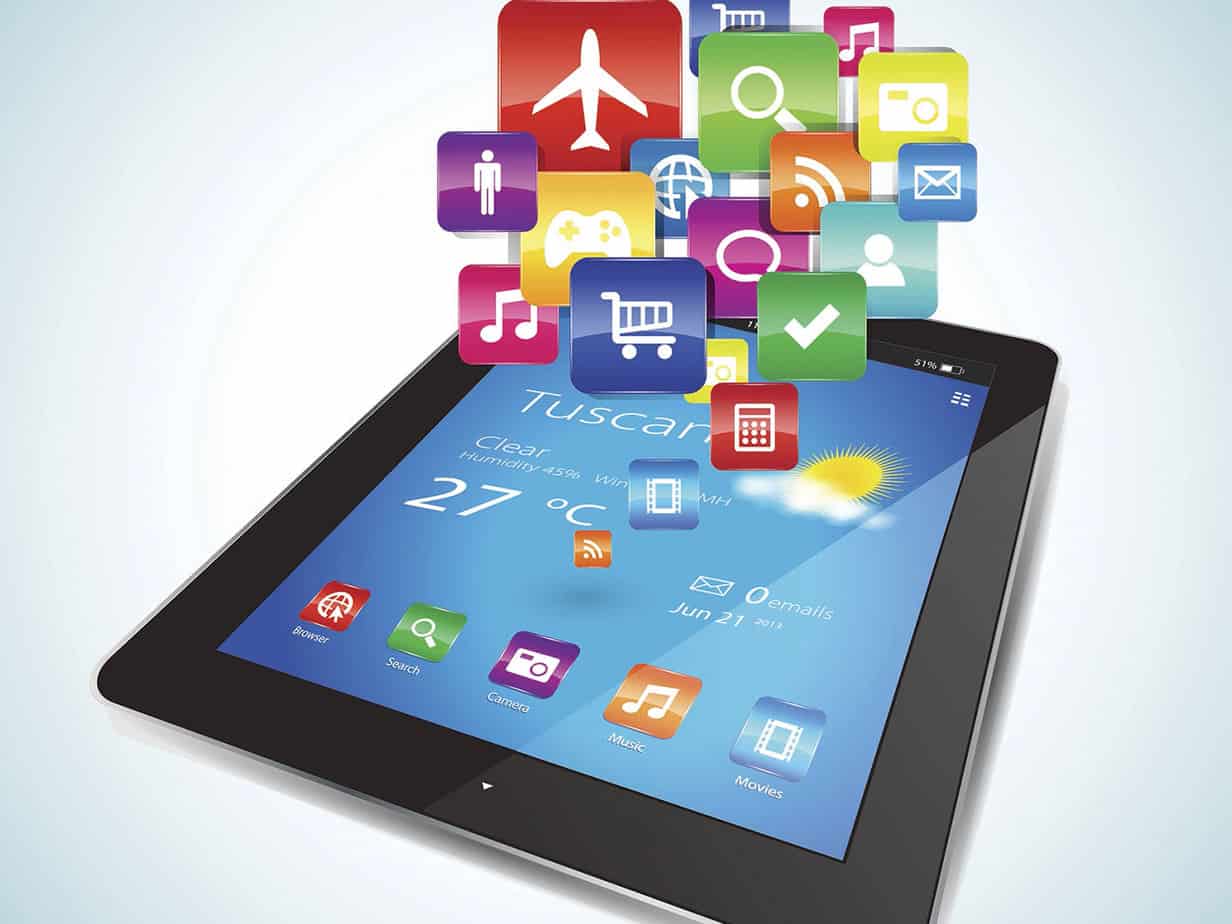
Now that consumers have fully embraced apps, they’re set to spend $120 billion through this technology, globally, in 2020. Are your clients succeeding in the competitive app market? They are likely spending money to attract users and also selling ad space on their apps. But the app marketplace is growing more competitive as Liftoff’s Mobile Apps Trends Report shows.
Most Popular Apps
Which businesses are profiting from their investment in apps? Historically, consumers have spent the most money on games and entertainment apps. They’ve grown comfortable with paying a small amount for a game and playing during their subway ride or when they need a break from work.
Last year, consumers downloaded apps 86.3 billion times. That’s slightly higher than the app download volume of 84.6 billion in 2018. However, most categories registered drops in the number of apps introduced. This change prompted analysts to suggest that the market is ‘signifying less competition, consolidation of services, or both.’
Consumer use of apps drives big revenue for marketers. The gaming category clearly dominates the industry. With over $40 billion in revenue, game producers are doing well. Not all of their revenue comes from subscriptions and purchases. They take in significant money from their ad-supported business. The entertainment and social categories also grew in 2018.
- Gaming $41.5 billion
- Entertainment $2.7 billion
- Social $2.4 billion
Meanwhile, other categories saw revenue drops in 2018:
- Shopping (-48%) $95.6 million
- Travel (-46.3%) $79.1 million
- Finance (-28.8%) $133.9 million
Media Partners
Because marketers need to find audiences for their apps, they’re working with more media partners. According to Liftoff analysts, SMBs may focus on Facebook and Google as media partners. Larger marketers are willing to work with up to six media partners. High spenders in the shopping, travel, social, and foods and drink category often spread their ad budget across 10 media partners.
App marketers use a mix of organic and paid media to promote their product. The data reviewed by Liftoff analysts shows that 26.7% of app users who install the programs are driven by paid promotions. By day three, 13.9% of users who come to the app as a result of paid promotions are still engaging. And by day 30, paid promotion users register at 3.2% while organically-driven users are at 3.8%. These statistics indicate that app marketers should continue to buy paid media and use organic promotions.
The Competitive App Market
Some businesses hope for ongoing subscriptions, others for purchases, to drive revenue. Each consumer gained comes at a cost. For subscriptions, it is $36.39 a year. The cost to acquire a customer and drive an in-app purchase in the gaming vertical averages $86.61. Interestingly, engagement rates are highest in shopping (7.7%) and finance (5.9%.)
Analysts point out that conversion to purchase takes an average of one hour and ten minutes in the finance category. That’s because of the ‘correlation between need and speed.’ Similarly, consumers who install a dating app make a purchase within 15 hours.
When should your clients deploy retention efforts? After all, apps compete for user attention. If consumers don’t remember to use their apps, revenue for your clients will fall off. Currently, only 15% of app producers engage new customers on the first day. Nearly 22% do so on day two. And about 26% try to engage on day 30. Of the total app budget, about 5% goes to retention efforts.
News apps, with their constant stream of updated information boast one of the highest retention rates at day 30, over 12.7%. At day 30, 9.4% of weather app users are still engaging, as are 7.4% of sports app users. To learn more about app users and how they respond to marketing initiatives, check out the AudienceSCAN profiles available from AdMall at SalesFuel.
